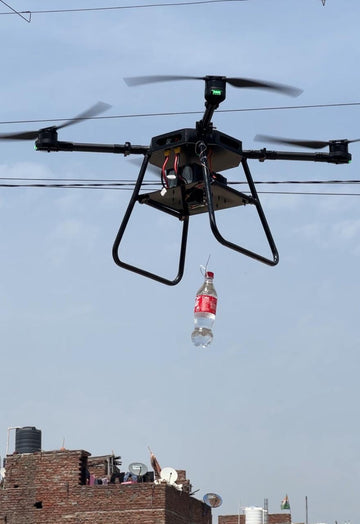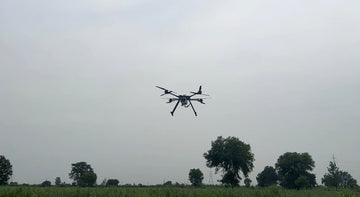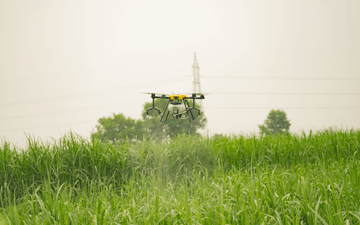Introduction
The logistics industry is evolving rapidly with the rise of drone delivery services. Unmanned aerial vehicles (UAVs) are being tested and deployed to make deliveries faster and more efficient. However, scaling drone logistics is not without hurdles. Governments are working to establish policies that balance innovation with safety, privacy, and integration into existing airspace regulations.
This blog explores the latest regulatory developments, real-world implementation, and the realistic challenges drone logistics must overcome.
Global Drone Delivery Expansion: Key Developments & Progress
1. Expanding Drone Delivery Networks
Several regions are experimenting with drone logistics, focusing on last-mile delivery, emergency response, and commercial applications. While initial trials have shown promise, real-world implementation remains limited to controlled environments and pilot projects.
2. Medical and Emergency Deliveries
Drones have found success in delivering medical supplies, particularly in areas with unreliable road infrastructure. Emergency drone deliveries are being used to transport blood supplies, vaccines, and medications to remote locations. However, challenges such as weather-related disruptions and payload limitations continue to affect long-term scalability.
3. Urban and Rural Deployment Variations
While rural areas benefit from drone deliveries due to reduced road transport dependency, urban environments pose unique challenges such as air traffic congestion, safety concerns, and regulatory constraints. Some regions are testing designated drone corridors to ease integration into city logistics.
Latest Regulatory Changes & Pilot Programs
1. Beyond Visual Line of Sight (BVLOS) Operations
Many aviation authorities are introducing new guidelines allowing Beyond Visual Line of Sight (BVLOS) drone operations. This is crucial for making drone delivery commercially viable, but companies must integrate detect-and-avoid (DAA) systems to prevent mid-air collisions. The certification process remains complex and costly, slowing widespread adoption.
2. Air Traffic Management for Drones
Some regions are developing digital air traffic management systems for drones, allowing real-time monitoring and automated flight approvals. These frameworks facilitate safer urban drone operations but require extensive collaboration between public and private sectors.
3. Pilot Programs in Various Regions
Different countries are running pilot programs to assess drone logistics in controlled settings. While some focus on e-commerce and retail deliveries, others prioritize essential services such as medical transport. The success of these programs will determine future regulatory shifts.
Challenges & The Real Future of Drone Logistics
Despite advancements, several roadblocks must be addressed before drone delivery becomes mainstream:
- Safety & Collision Avoidance – Drones need more reliable AI-driven navigation to handle real-world obstacles, unexpected weather changes, and urban congestion.
- Public Perception & Privacy Concerns – Many people are still wary of low-flying drones near their homes, citing noise pollution and surveillance fears.
- Battery Life & Payload Limits – Most commercial delivery drones can carry only a few kilograms, limiting their ability to compete with ground-based logistics.
- Regulatory Complexity – Different regions have conflicting rules, making international drone delivery operations difficult.
What’s Next?
The future of drone logistics will depend on:
- Stronger AI & Automation – Drones must operate more autonomously while maintaining safety standards.
- Better Battery Technology – Improvements in battery capacity and power efficiency will be key for expanding delivery range and payload capacity.
- Standardized Regulations – Governments need to streamline approvals to make commercial drone operations feasible.
Drone delivery is not a magic solution for all logistics challenges. It will likely complement, rather than replace, traditional delivery methods, serving specialized needs such as emergency medical supplies and high-value deliveries. While widespread adoption is still years away, continued investment and regulatory progress will determine how fast the industry evolves.
What do you think? Are drone deliveries the future, or are they overhyped? Let’s discuss in the comments!
✈️ #DroneDelivery #FutureOfLogistics #AviationTech





